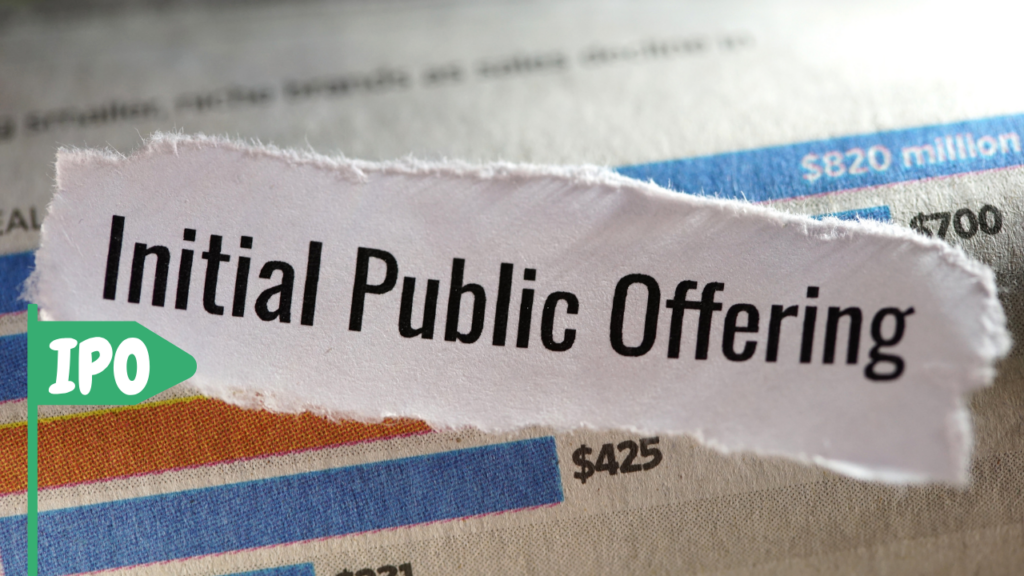
IPO investing is one of the most exciting opportunities in the financial world, giving everyday investors a chance to get in on the ground floor of a company’s public journey. But is IPO investing open to just anyone, and what are the eligibility requirements? In this comprehensive guide, we’ll break down exactly who can participate in IPO and provide a clear, step-by-step application process for those looking to take part.
Who Is Eligible for IPO Investing?
IPO investing is designed to be accessible, but there are still certain requirements you’ll need to meet. Eligibility for IPO investing typically depends on your investor status, your brokerage’s policies, your financial situation, and sometimes regulatory or geographic factors. Here are the key points:
- Brokerage Account:
- The first and most crucial requirement for IPO investing is having an active brokerage account with a firm that participates in IPO offerings. Not all brokers provide access to IPO investing, so check with your brokerage if they offer this service.
- The first and most crucial requirement for IPO investing is having an active brokerage account with a firm that participates in IPO offerings. Not all brokers provide access to IPO investing, so check with your brokerage if they offer this service.
- Investor Type:
- Some IPOs prioritize institutional investors over retail investors, especially in high-demand offerings. However, many modern brokerages now give retail investors fair access to IPO investing.
- In certain cases, being classified as an “accredited investor” or having a minimum asset threshold may be required, though many IPOs welcome regular retail investors.
- Some IPOs prioritize institutional investors over retail investors, especially in high-demand offerings. However, many modern brokerages now give retail investors fair access to IPO investing.
- Financial Health:
- Brokerages often require applicants for IPO investing to meet certain financial criteria, such as a minimum account balance or a history of trading activity.
- Brokerages often require applicants for IPO investing to meet certain financial criteria, such as a minimum account balance or a history of trading activity.
- Geographical Restrictions:
- Some IPOs are only open to investors in specific regions or countries, often due to regulatory requirements.
- Some IPOs are only open to investors in specific regions or countries, often due to regulatory requirements.
- Regulatory Compliance:
- Investors must comply with all applicable regulations, including Know Your Customer (KYC) and Anti-Money Laundering (AML) checks. This means your brokerage may ask for identity verification before you can participate in IPO.
- Investors must comply with all applicable regulations, including Know Your Customer (KYC) and Anti-Money Laundering (AML) checks. This means your brokerage may ask for identity verification before you can participate in IPO.
How to Apply for IPO Investing: Step-by-Step

Once you confirm your eligibility, here’s how to apply for IPO in a step-by-step process:
Step 1: Open and Fund a Brokerage Account
- Ensure your chosen brokerage participates in IPO. If you don’t have an account, open one and complete all KYC requirements.
- Deposit funds sufficient for the IPO application, considering the minimum investment and possible oversubscription.
Step 2: Research Upcoming IPOs
- Most brokerages display a calendar or list of upcoming IPOs available for IPO. Study the company’s prospectus, financials, business model, and risk factors.
Step 3: Submit Your IPO Application
- When ready, select the IPO you wish to participate in. Indicate how many shares you wish to apply for, bearing in mind any minimum or maximum limits set by the issuer or broker.
- Fill out the application details carefully. Some IPO platforms allow you to indicate a price range (book building), while others use a fixed price.
Step 4: Wait for Allotment
- IPO subscription period ends, shares are allocated. Due to high demand, you may receive all, some, or none of your requested shares.
- The funds for any unallocated shares are usually returned to your account.
Step 5: Listing Day
- If you receive an allotment, your shares will be credited to your brokerage account on or before listing day. You can then choose to hold or sell them on the open market.
Additional Considerations
- Not all IPOs guarantee an allotment to every applicant. High-profile IPOs are often oversubscribed.
- Some platforms also offer access to pre-IPO shares or peer-to-peer business lending as alternative investment strategies, though these have different eligibility and risk profiles.
- Always review the IPO prospectus and seek professional advice if unsure about IPO risks.
Conclusion
IPO investing offers a unique chance for investors to access new market opportunities, but understanding the eligibility and application process is essential. By following these steps and meeting the requirements, both new and experienced investors can take part in IPO investing and potentially benefit from a company’s public market debut. Remember to research thoroughly, know your risk tolerance, and invest wisely!
